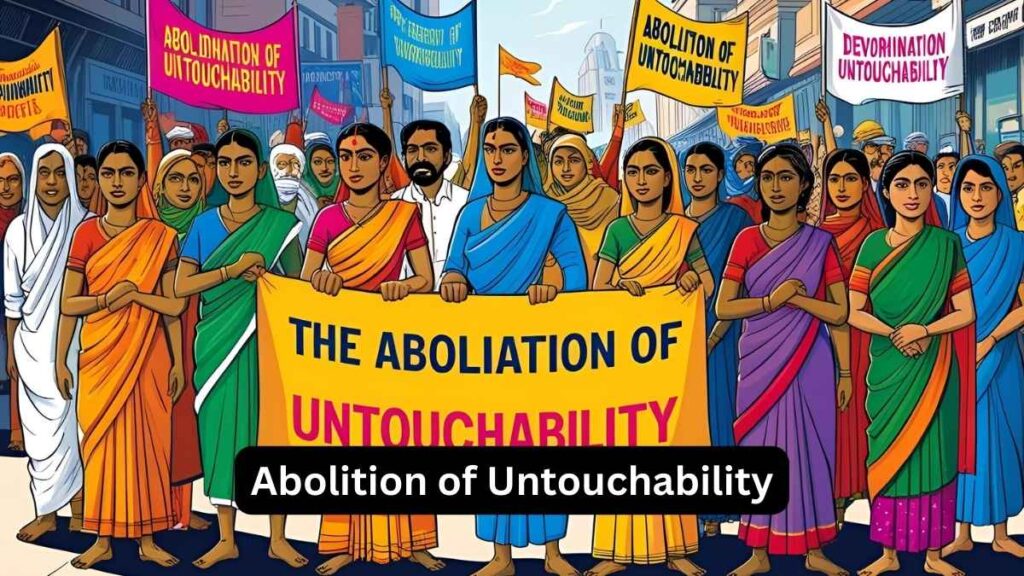Font size:
Print
Ethanol Blending
Context:
Union Minister Nitin Gadkari recently announced that India will achieve its target of 20% ethanol blending in petrol within the next two months, at least a year ahead of the original timeline.
More on News:
- This milestone will result in the production of approximately 1,100 crore (11 billion) litres of fuel ethanol annually.
- The rapid progress in ethanol production reflects India’s increasing commitment to sustainable energy practices and energy independence.
What is Ethanol Blending?
- Ethanol (C2H5OH) is a biofuel, commonly made from the fermentation of sugar. In India, it is primarily produced from sugarcane, but other organic materials like food grains can also be used.
- Ethanol blending helps reduce the country’s dependence on imported oil (85% of India’s transportation fuel is imported).
- The Ethanol Blended Petrol (EBP) Programme was launched by the government to mix ethanol with petrol to reduce the consumption of fossil fuels. The E10 target means that petrol now contains 10% ethanol.
- EBP Programme launched pilot projects in 2001 at Miraj, Manmad (Maharashtra), and Aonla/Bareilly (Uttar Pradesh).
- Officially started in 2003 with a 5% ethanol blend in 9 states and 4 Union Territories (UTs).
- Aimed at achieving 20% ethanol blending in petrol by 2025-26.
- Environmental Benefits: Ethanol supports complete combustion, leading to lower emissions of carbon monoxide (CO), hydrocarbons (HC), and nitrous oxide (NOx).
Sources of Fuel Ethanol
- Sugar and Molasses: Around 400 crore litres will come from sugar and high-grade molasses.
- FCI Rice: The Government has reduced the price of FCI rice to distilleries from ₹28 to ₹22.5 per kg, contributing approximately 110 crore litres of ethanol.
- Broken Rice and Maize: Expected to contribute around 400 crore litres.
- Ethanol Distillery Capacity: India’s distillery capacity has increased to 1,600 crore litres due to government incentives and a stable market.
Sugar’s Contribution
- Sugar Stocks: Closing stock in October 2024 was around 80 lakh tonnes.
- Projected Production: Expected to be 315 lakh tonnes in the next year, with 40 lakh tonnes allocated for ethanol production.
- Non-Fuel Ethanol: Comes from low-grade molasses (C Heavy) that doesn’t interfere with sugar production.
Role of Maize in Ethanol Production
- Production Trends: India’s maize output is projected at 42 million tonnes for 2024-25, with 9 million tonnes allocated for ethanol.
- Recent Maize Imports:
-
- April-June 2024: Imports worth ₹100 crore.
- 2023-24: Imports valued at $33 million.
- April-November 2024: Total maize imports worth $188 million.
- Increase in Maize Cultivation:
-
- Since 2020-21, maize production increased by 6 million tonnes due to ethanol demand.
- The cultivated area expanded by 10% with higher yields.
- Major Maize Producing States: Karnataka, Madhya Pradesh, Maharashtra, Andhra Pradesh, Rajasthan, Bihar, and Uttar Pradesh.
- Farmers’ Shift: More farmers are growing maize due to better returns from ethanol supply.
Economic and Market Impact
- Potential Market Disruptions:
-
- Traditional uses like poultry and livestock feed may be affected.
- Ethanol byproduct DDGS (Distiller’s Dried Grains with Solubles) can be used in poultry feed, mitigating supply concerns.
- Economic Benefits:
-
- 100 crore litres of fuel ethanol saves around ₹6,000 crore in oil imports.
- Contributes to India’s internal economy, especially benefiting farmers.
- India’s Oil Import Bill: Stands at approximately ₹10.5 lakh crore annually.
Sustainability Concerns
- Long-Term Viability: Dependence on maize and sugar for ethanol should not impact food grain production. Need for balance between ethanol production and food security.
- Future Outlook: Strong kharif prospects suggest no need for maize imports. Government policies and incentives continue to drive ethanol sector growth.


